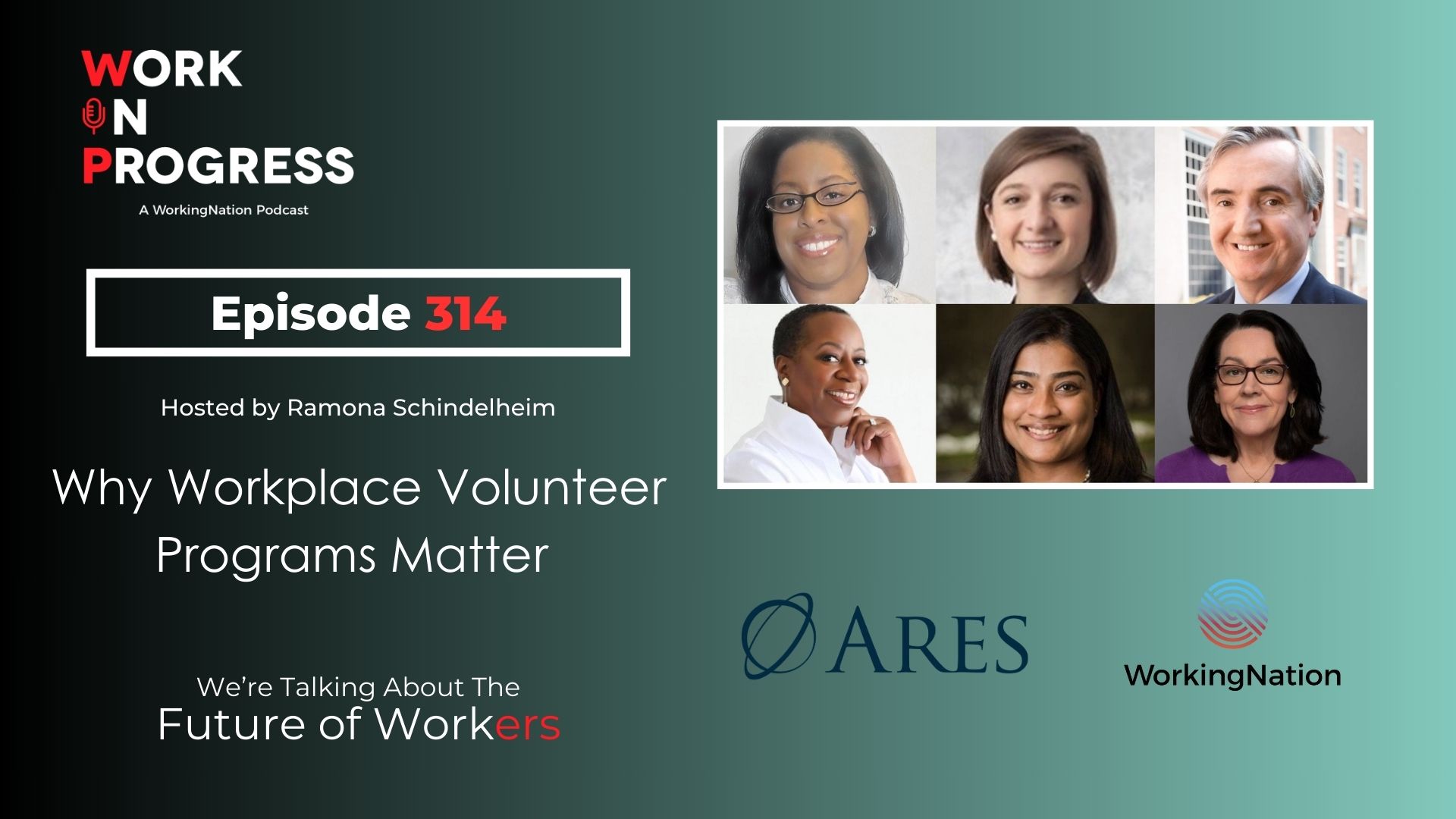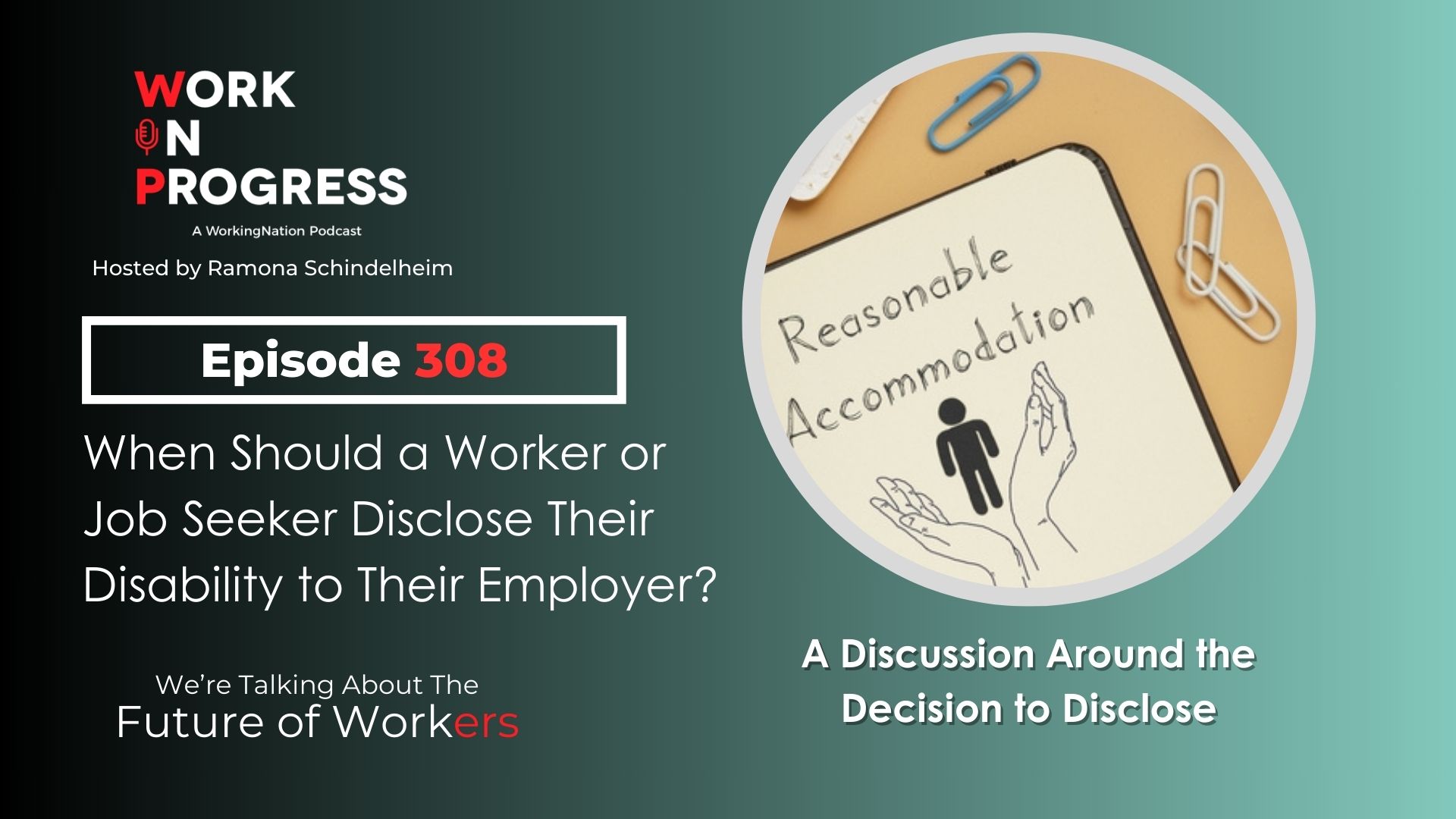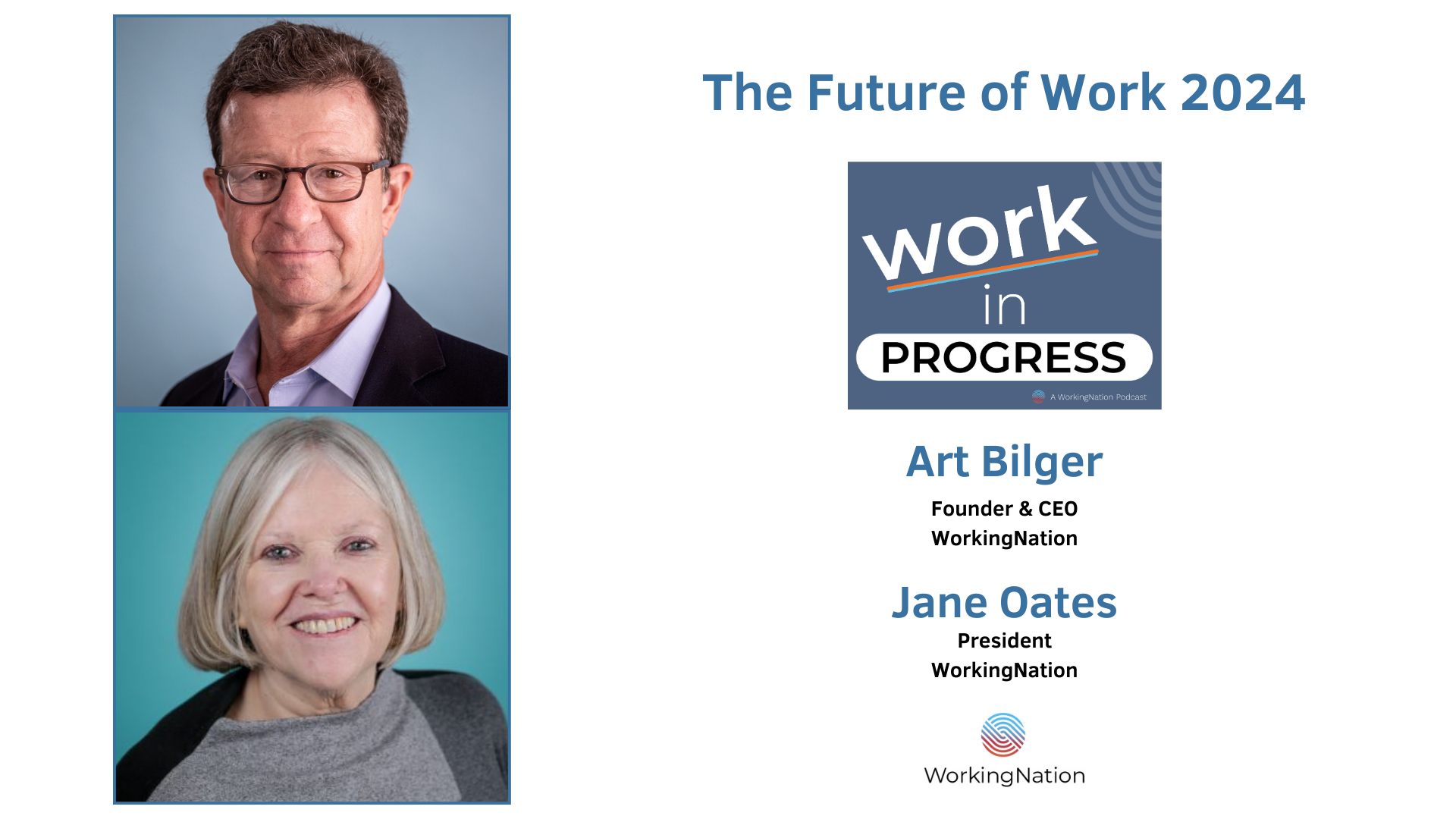The already critical shortage of teachers continues two years into the COVID pandemic and no relief is in sight. “It’s a hard profession and has become harder,” says Gema Zamarro, professor of education reform and economics at the University of Arkansas. “The working conditions for teachers were already hard with high demands before the pandemic. Working conditions with the pandemic have become worse.”
Zamarro is the co-author of a Brookings report – How the Pandemic has Changed Teachers’ Commitment to Remaining in the Classroom – which blames teacher burnout more than other factors.

In March 2020, 74% of teachers surveyed said they planned to work as a teacher until retirement. A year later, that figure dropped to 69%. She says the way the profession has evolved over decades requires teachers to take on more than just educating.
“They feel they have other responsibilities. Their job isn’t just to teach, but they have to cover the basic needs of students. To some extent, they feel like they have lost their independence on how to teach,” she says.
“We find teachers are the happiest when they spend time directly teaching students. But with the pandemic and having to teach remotely and changing instruction modes, they’ve lost time. It goes into planning and little time into directly interacting with students.”
Zamarro also notes, “At the same time, before the pandemic, we see that parents who want their kids to become teachers have gone down.”
Heightened Job Stress

Challenging working conditions are noted by RAND Corporation policy researcher Elizabeth Steiner, who researched the links between teachers’ intentions to leave and their mental health and well-being. “We weren’t all that surprised to find that many teachers were experiencing frequent job-related stress and symptoms of depression and were considering leaving their jobs.”
“It was surprising to see how many more teachers than members of the general working population of adults experienced job-related stress, symptoms of depression, and were considering leaving their jobs. Specifically, 78% of teachers reported frequent job-related stress, compared with 40% of the general population of working adults,” Steiner says.
Feelings of Failure
After a decade of teaching every K-5 grade as a full-time classroom teacher and a long-term substitute teacher, Morgan Hill left her Los Angeles school in September. While her previous school benefited from federal funding that provided academic coaches and new services, how she taught, what she taught, and how students’ progress was evaluated changed drastically.
Hill says she was forced to only teach “to the tests” her third graders would be taking without being able to teach foundations, like reading and counting to 20. While she administered tests to some students, the rest were forced to do lessons on their computers.
“I also had four severe behavior problems who had files going back to kindergarten documenting their behavior. They made it almost impossible to teach. Yelling, screaming, sexually inappropriate drawings being circulated, fights. Again, this is in third grade. I asked for help but was just told it would get better. It did not,” Hill says.
The implemented protocols once schools reopened – reminding students to wear masks, distributing hand sanitizer when they came into the classroom – were worrisome and disruptive. This left Hill feeling anxious, frustrated, and a “failure.”
More Support for Teachers
As the country emerges from the pandemic and transitions into a new normal, Zamarro suggests this is a time for school districts to increase teacher pay, protect teachers’ time directly interacting with their students, and provide support for health measures. Hill adds the teaching profession needs respect from its administration, the government, parents, and society.
“More money should be funneled to them from the districts. They shouldn’t have to buy supplies for their students. What other job allows for that? Lawyers don’t buy their own legal pads and pens,” Hill says. “The government talks a good game about how valiant and necessary we are but ultimately doesn’t do anything to support us. And the school boards just see us as worker bees. The public sees teachers as a lower-level job not deserving of much respect, despite teaching their children all day. I’m not quite sure where that attitude comes from. It doesn’t feel good to be a teacher in American society.”
Hill advocates for more mental health support for students to address behavioral issues. Steiner adds protecting teachers’ mental health is key, suggesting education leaders collect data on working conditions to identify what leads to distress and gain an understanding of what kind of supports are needed to enhance teacher satisfaction.
Despite the research findings, Zamarro says the career can still be an attractive one.
“I hope so. I think so. We can make it better,” she says. “I hope in a way, the pandemic has brought to light the problems we had before. Now it’s clear we have them. Many teachers come into profession with all their love and energy and we need to be thinking carefully about working conditions and how we can make it better to retain those teachers, grow them, and keep them.”











